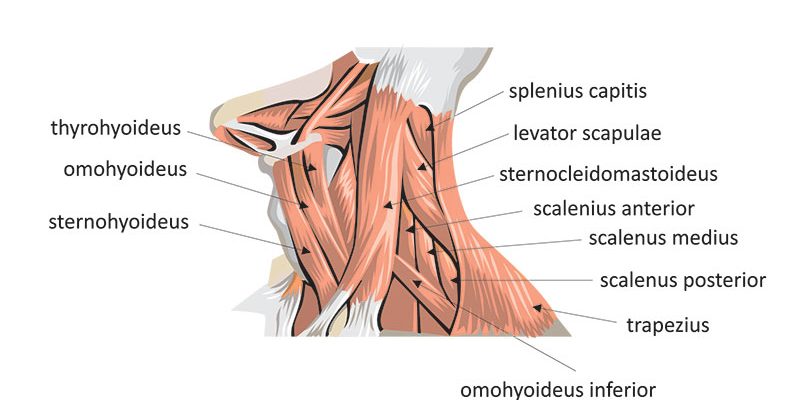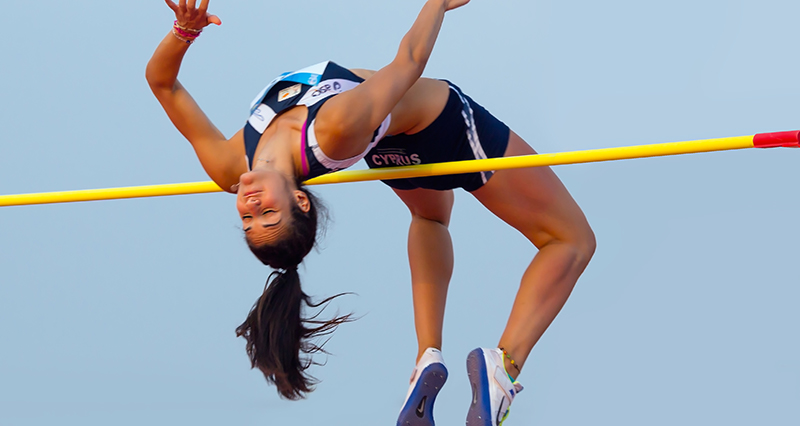The major muscles of the neck and back include the erector spinae, multifidus, rectus abdominus, transversus abdominus, internal obliques, external obliques, splenius, and quadratus lumborum.
Quadratus Lumborum

The quadratus lumborum (QL) is a common muscle that is often associated with lower back pain; correct stretching of the QL can help ease this pain.
Splenius
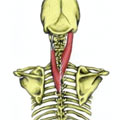
Splenius is often divided into two muscles, splenius capitus (those fibres which insert into the skull) and splenius cervicis (those that insert onto the cervical transverse processes of the spine).
External Obliques
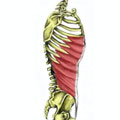
The external oblique muscles are situated on either side of the abdomen, they aid in the twisting movement of the trunk and contract strongly when doing sit-ups.
Internal Obliques
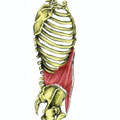
The internal obliques are opposite to the external obliques and are responsible for movement on the side that they are situated; the right internus obliques twist to the right and the left internus obliques twist to the left.
Transversus Abdominus
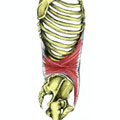
The Transversus Abdominus is often abbreviated to TVA and is a very important core muscle that is vital to maintaining good posture. Activities such as Pilates and Yoga focus on the contraction of the TVA to strengthen it.
Rectus Abdominus
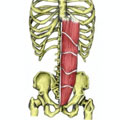
Rectus Abdominus is the most superficial of the abdominal muscles. It is this muscle that forms the six-pack shape!
Multifidus
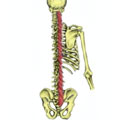
Multifidus is a series of small muscles that travel up the length of the spine. They are an important group in the rehabilitation of Gilmore’s Groin.
Erector Spinae
The erector spinae (sometimes known as sacrospinalis) is a group of different muscles that include iliocostalis, longissimus, and spinalis; these run up the length of the back.

